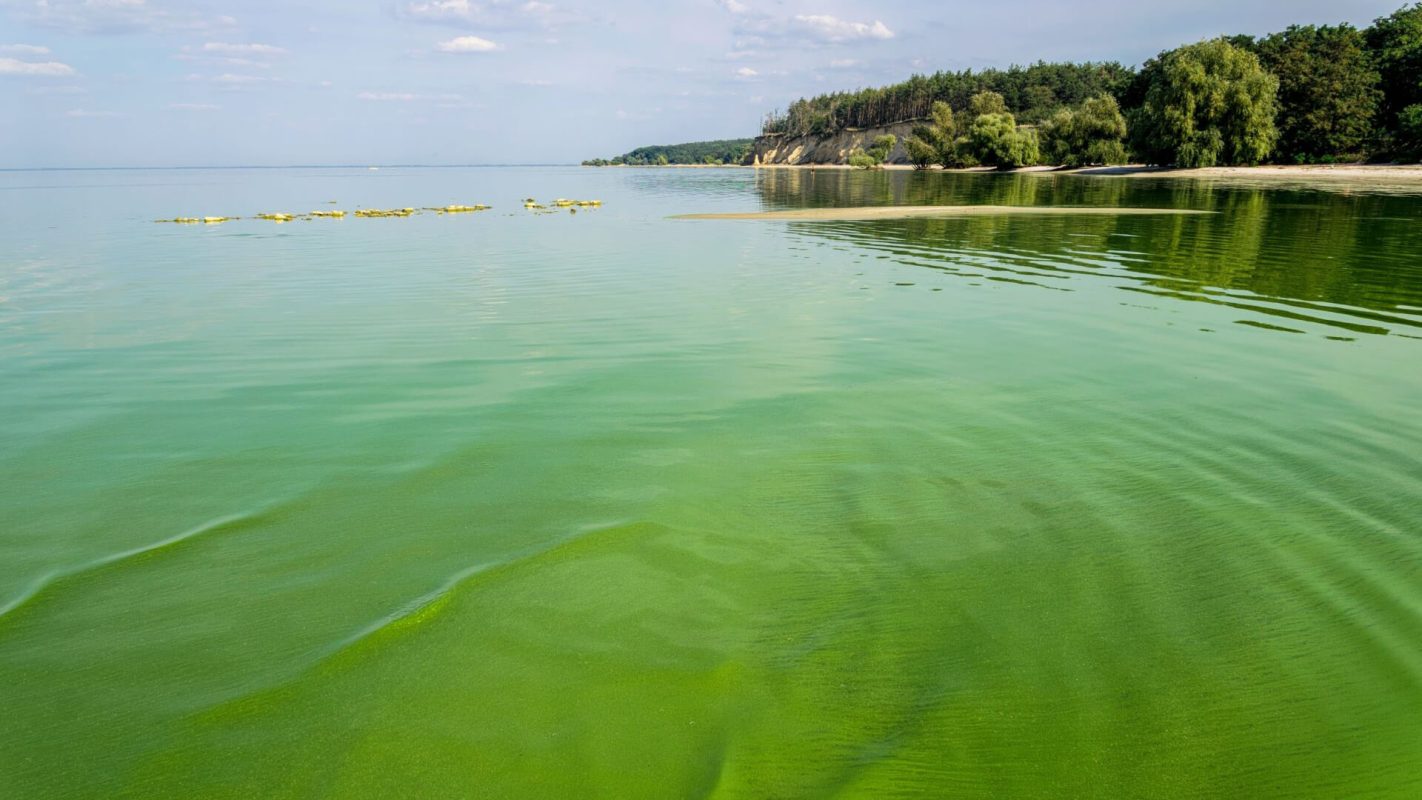We've all seen that yucky green water in a lake, river, or ocean. But there's actually a lot more going on than a bad background for an Instagram photo.
When algae growth gets out of control in water, it creates toxins that harm local ecosystems. These toxins can make people and animals sick and strip the water of its oxygen.
What is 'nutrient pollution'?
Algae provide fish, shellfish, and other water organisms with the food and shelter they need.
But in order to grow, algae need sunlight, slow-moving water, and nutrients like nitrogen, phosphorus, and potassium. These nutrients naturally occur in aquatic ecosystems, but the problem comes when people get involved.
But human activities like farming and wastewater treatment can put excess nitrogen and phosphorus into water and air, causing pollution. This process is called "nutrient pollution," and it can lead to dangerous algal blooms.
What are algal blooms?
When man-made practices let too much nitrogen and phosphorus in the water, algae grows at a faster pace than its ecosystem can handle. This rapid algae growth (also called an algal bloom) reduces the oxygen in the water.
Fish need oxygen to breathe. So, as it leaves the water, they die by the masses, and the aquatic species that can survive are forced to leave the region. These areas, with little to no oxygen or wildlife, are called "dead zones."
The United States has more than 166 dead zones, with the biggest being the Gulf of Mexico Hypoxic Zone, which spans 6,334 square miles. The area gets excess nutrient pollution from agriculture and wastewater runoff from the Mississippi River.
When smaller fish species consume the now-toxic algae in dead zones, a thick green muck engulfs the water. This algae then travels up the food chain to larger species like turtles and dolphins. Not all algal blooms are toxic, but even when they aren't, they cause green muck that blocks out the sunlight and clogs up the gills of fish.
How do algal blooms impact humans?
Algal blooms produce bacterial growth that makes humans and animals sick if they come into contact with it, if they drink polluted water, or if they consume fish and shellfish that's been contaminated.
The toxins in algae can result in rashes, produce respiratory problems, induce stomach or liver illnesses, and have neurological effects.
Stormwater runoff from cities can carry excess nutrients into reservoirs, lakes, and rivers. In wastewater treatment, chemicals used to purify water can react with the algae to form dioxins.
These dioxins have been linked to reproductive and developmental health issues.
What you can do
There are organizations in several states — like New York and Kentucky — where you can volunteer to help identify toxic algae outbreaks.
On a personal level, you can protect yourself and your pets from toxic algae water by checking local health advisories whenever you visit a body of water. If you spot water that looks bluish-green or smells bad, contact your local health department to have it tested. The Environmental Protection Agency has a centralized resource of statewide water monitoring bodies and resources.
Follow The Cool Down on Instagram and subscribe to our newsletter.








